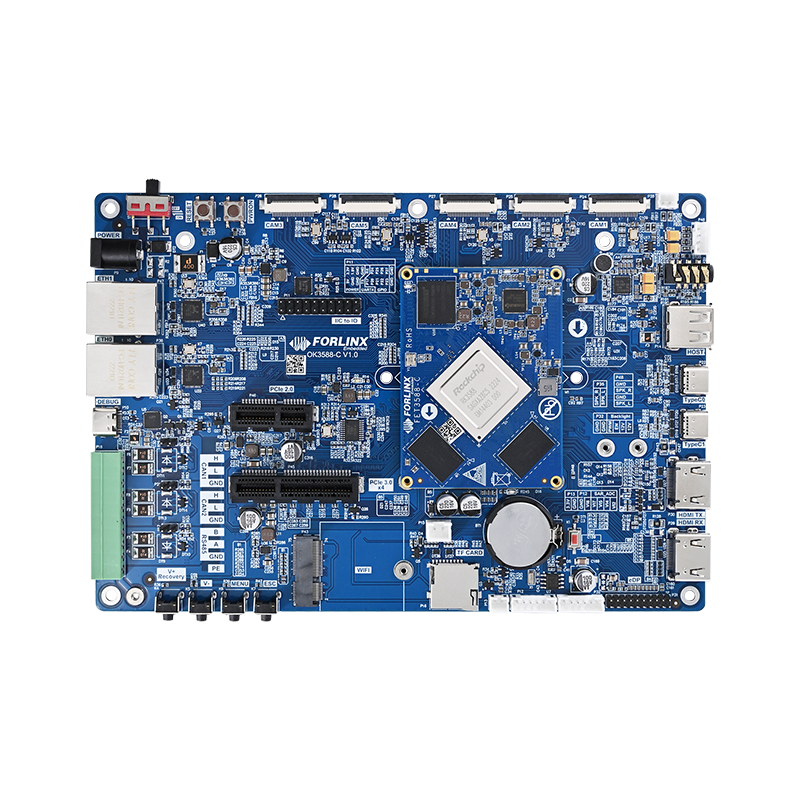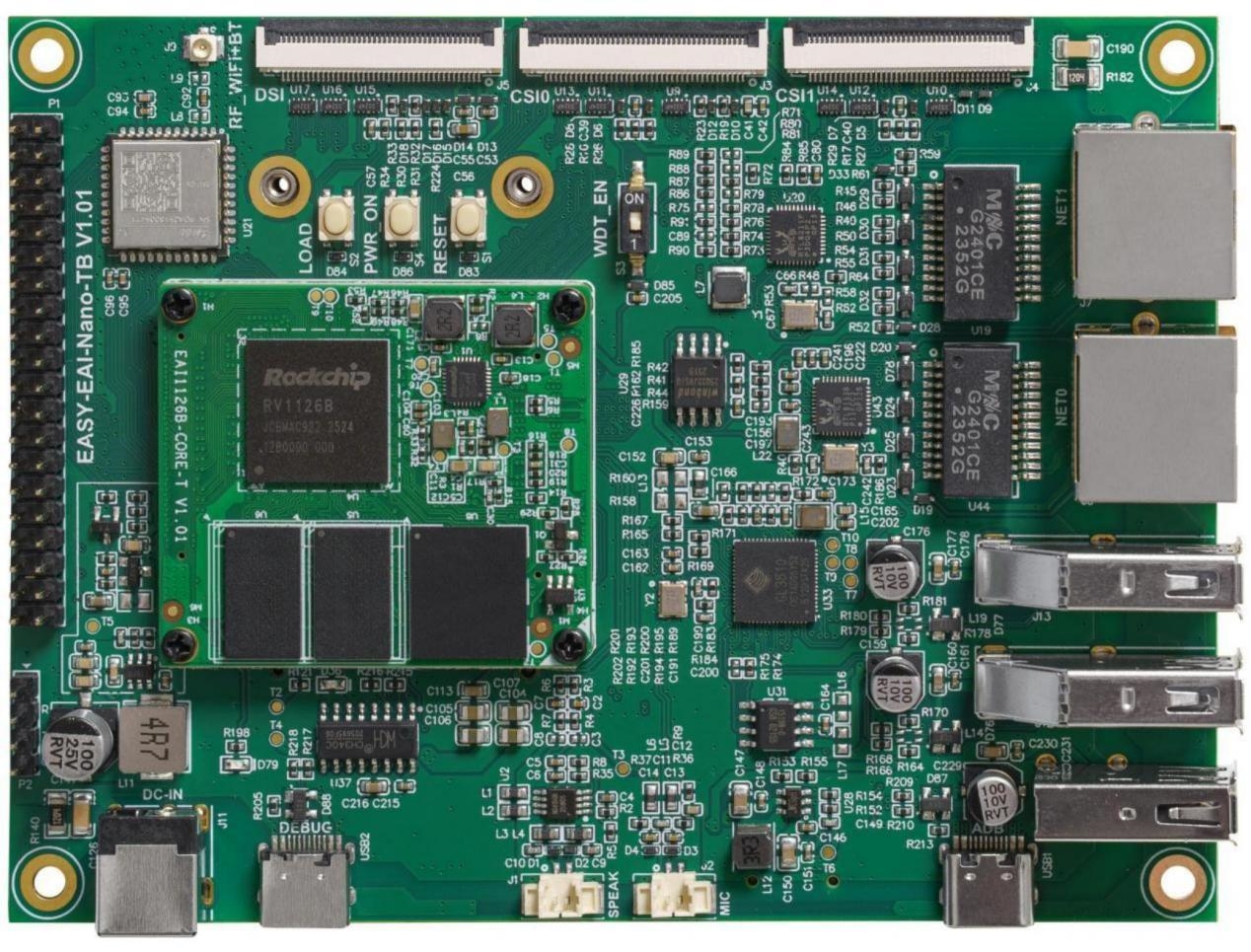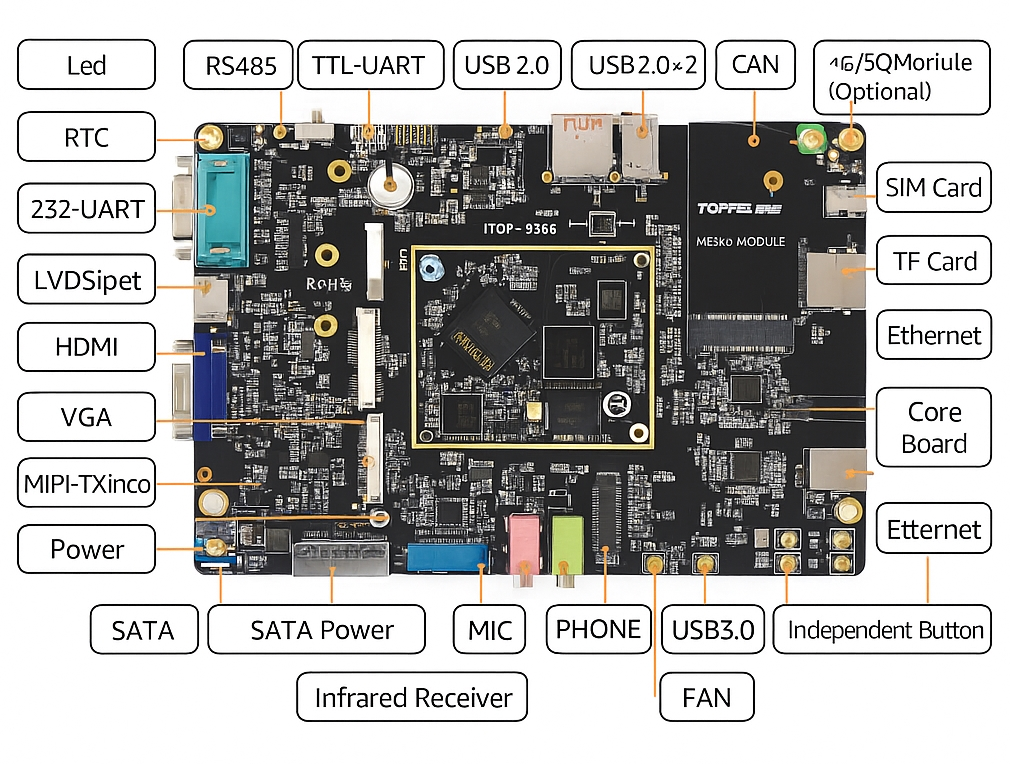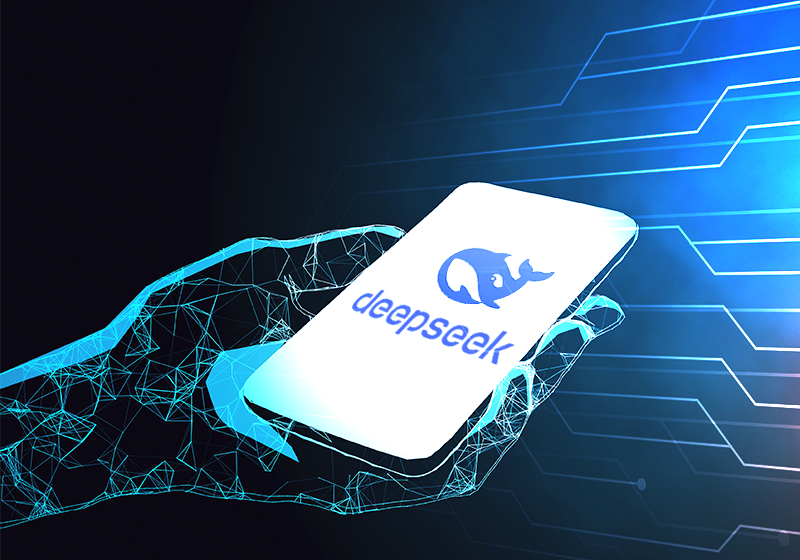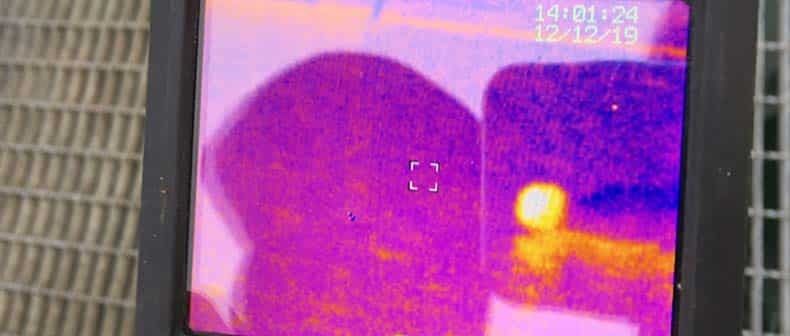Since James Parkinson described ¡°shaking palsy¡± in 1817, diagnosing Parkinson¡¯s disease (PD) has relied on observing motor symptoms. With over 10 million cases globally and a doubling incidence every 25 years, traditional methods face challenges due to limited brain insights. Advances in artificial intelligence (AI) and cloud computing are transforming PD diagnosis and treatment, offering faster, more accurate solutions and enhancing patient outcomes.
[](https://www.nature.com/articles/s41591-022-01932-x)Challenges in Parkinson¡¯s Disease Diagnosis
PD, a neurodegenerative disorder, results from the loss of dopamine-producing neurons, causing motor symptoms like tremors, rigidity, and bradykinesia, as well as non-motor issues such as cognitive impairment and depression. The cause of neuronal decline remains unclear, complicating root-cause treatments. Current therapies focus on dopamine supplementation, which temporarily alleviates motor symptoms but does not halt disease progression and risks misdiagnosis, as treatments may worsen symptoms of similar disorders like dementia or essential tremor.
[](https://www.sciencedirect.com/science/article/abs/pii/S1568163724002289)AI and Cloud-Driven Innovations
Genomic Analysis for Early Detection
Up to 15% of PD cases are linked to genetic mutations. Large-scale DNA analysis can identify genetic markers for PD susceptibility, enabling earlier diagnosis and targeted therapies. Ultima Genomics, using AWS, has reduced whole-genome sequencing costs from $1,000 to $100, leveraging scalable cloud architecture to train AI models and advance gene-editing therapies for disease prevention.
Wearable Data and Big Data Analytics
The Michael J. Fox Foundation (MJFF) uses AWS-hosted big data platforms to collect de-identified data from smartphones and wearables, tracking PD symptoms. These platforms enable large-scale studies, providing insights into patient experiences and disease progression, which are critical for developing new treatments.
[](https://journalofbigdata.springeropen.com/articles/10.1186/s40537-024-01023-3)Biomarker Discovery with AI Imaging
AI-powered imaging solutions, like those from Icometrix on AWS, monitor brain tissue volume changes to identify PD biomarkers. These deep learning models reduce computation time and improve diagnostic accuracy, linking brain changes to disease progression for more precise clinical assessments.
[](https://www.frontiersin.org/journals/medicine/articles/10.3389/fmed.2023.1303501/full)Brain Cell Mapping
The Allen Institute¡¯s Brain Knowledge Platform, built on AWS, maps 200 billion brain cells to study changes in PD and other neurological disorders. Using Amazon SageMaker and high-performance computing, it decodes cell characteristics, identifying therapeutic targets to prevent neuronal loss and informing new treatment strategies.
Deep Brain Stimulation with AI
Deep brain stimulation (DBS) treats motor disorders by electrically stimulating targeted brain regions. AI and cloud computing enhance DBS precision by tailoring stimulation to individual brain activity, reducing invasiveness and side effects, and expanding access to personalized therapies.
AI-Enhanced Remote Monitoring
AI enables non-invasive, at-home PD monitoring. For example, an MIT study developed a neural network to detect PD from nocturnal breathing patterns using radio signals, achieving an AUC of 0.90 on test sets. This touchless approach tracks disease severity and progression, offering scalable, continuous monitoring.
[](https://www.nature.com/articles/s41591-022-01932-x)Similarly, a UCSF study used AI to analyze video-based movement data, such as gait and hand motions, to quantify PD severity with high accuracy, improving treatment adjustments and clinical trial assessments.
[](https://www.ucsf.edu/news/2024/08/428346/new-study-can-your-phone-and-ai-track-parkinsons-progression)Conclusion
AI and cloud computing are revolutionizing Parkinson¡¯s disease diagnosis and management by enabling early detection, biomarker discovery, and personalized therapies. From genomic analysis to brain mapping and remote monitoring, these technologies enhance clinical precision and patient quality of life. Collaborative efforts among researchers, patients, and clinicians, supported by scalable cloud platforms, are driving progress toward effective PD treatments.
 ALLPCB
ALLPCB


